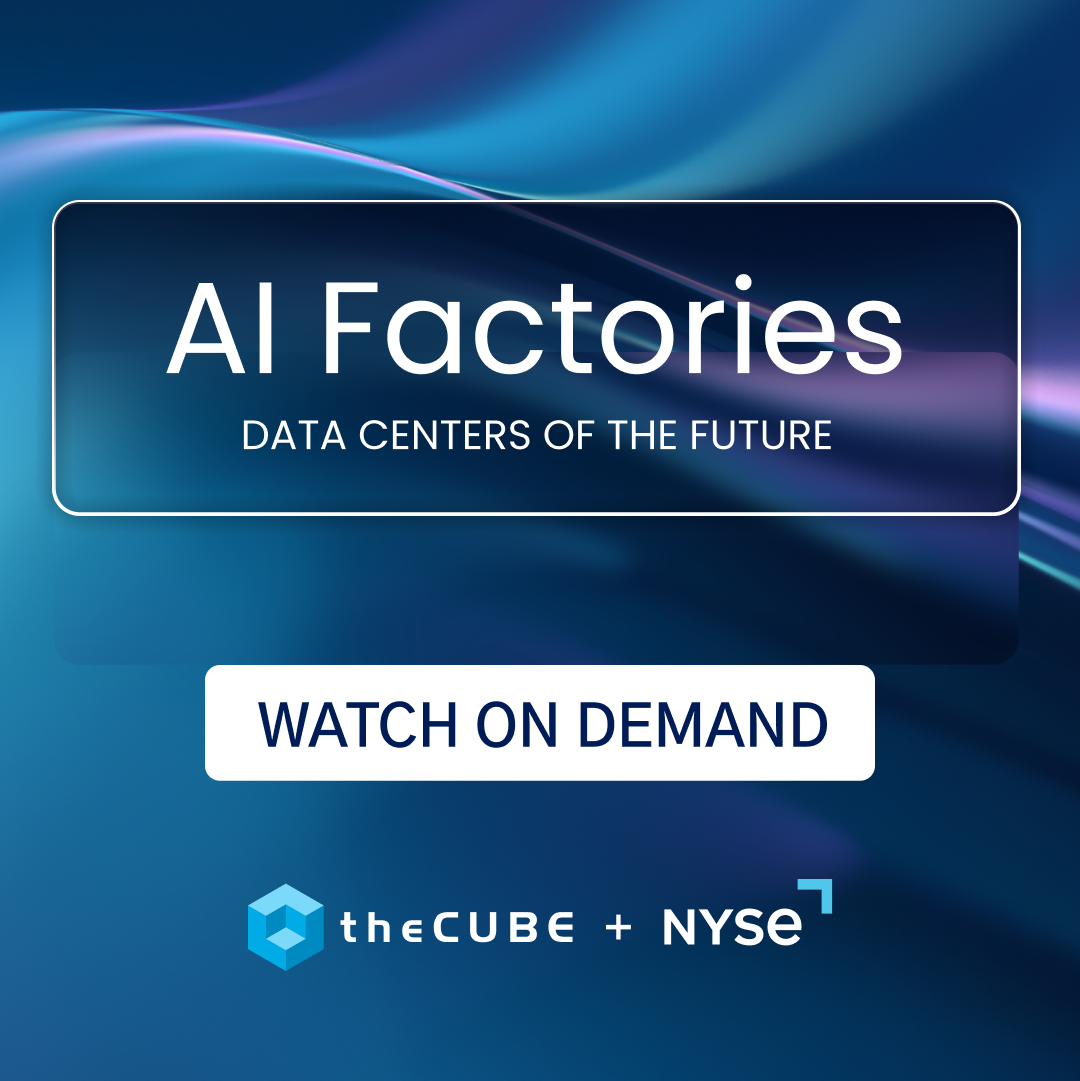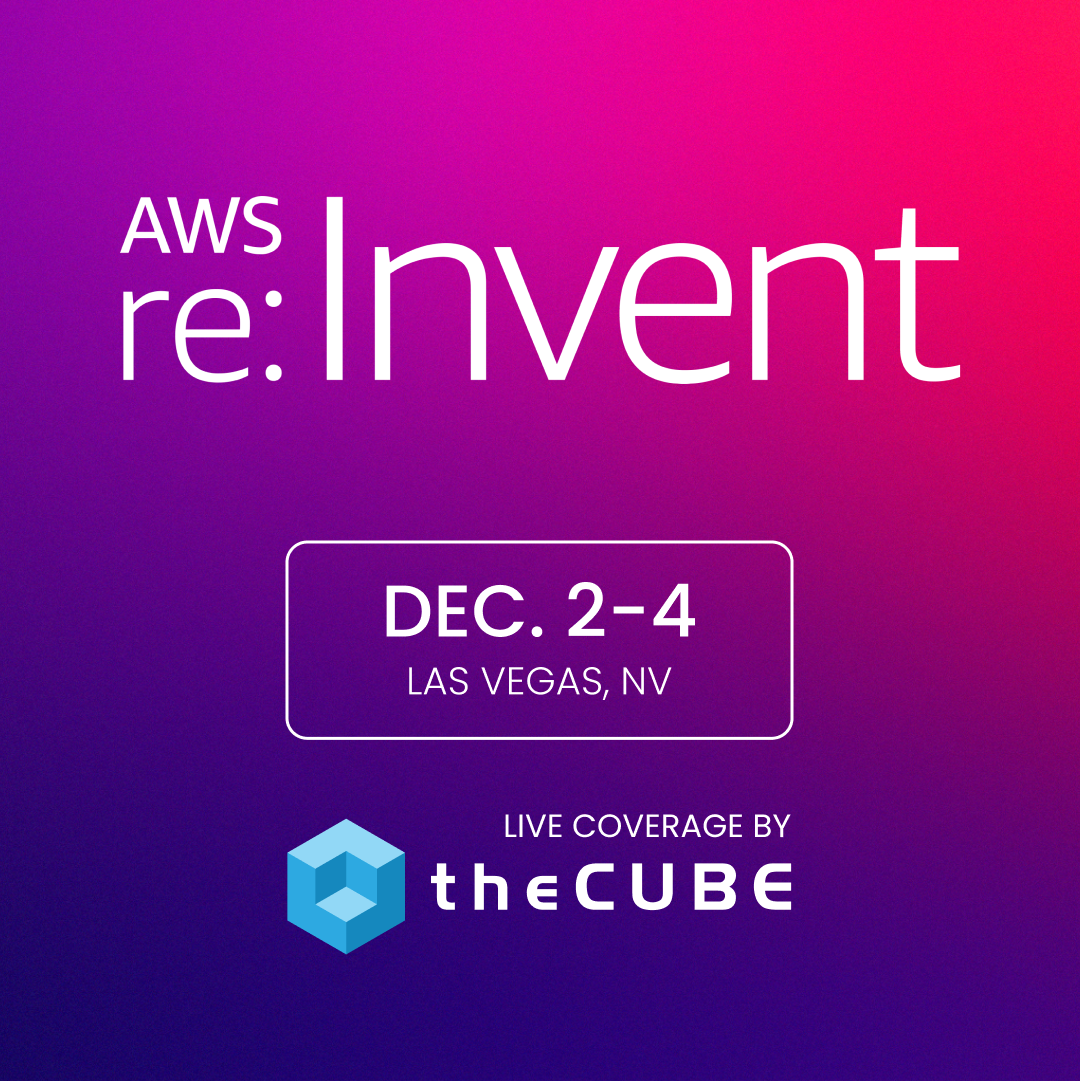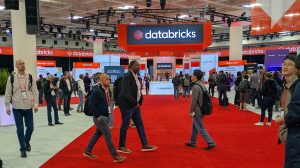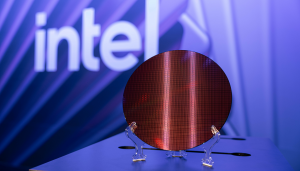One of the more fascinating battles in technology today is playing out between Amazon and Alibaba Group Holding Ltd. Surging earnings have allowed Alibaba to grow nearer to Amazon.com Inc. in market capitalization over the past three months, and the Chinese e-commerce powerhouse briefly surpassed Amazon as the most valuable retailer in the online world.
Even more interesting is the rivalry in cloud computing. One Alibaba executive recently declared that the company’s cloud unit — formed just three years after the Seattle retail giant’s Amazon Web Services Inc. — is on track to surpass AWS by 2019. If Alibaba is successful, the difference may come down to what each company believes is most important.
“When Amazon started cloud computing, they were talking about utility, how to cut the cost down,” said Jian Wang (pictured), chairman of the Alibaba Group Technology Steering Committee. “When I started Alibaba Cloud, we knew that cost is important, for sure. But we know that computing power is more important than the cost if you are thinking about the big data era.”
Wang recently visited theCUBE, SiliconANGLE’s mobile livestreaming studio, and spoke with host John Furrier at the Museum of Inspiration in Hangzhou, China. They discussed the difference between Alibaba’s view of the cloud and Amazon’s, the company’s evolving relationship with chipmaker Intel, the impact of “internet of things” device expansion at the edge of computing networks, new initiatives in secure digital transaction technology blockchain, and China’s market approach for the technology sector. (* Disclosure below.)
Alibaba’s cloud sales have soared 126 percent in the past year, and although China has fueled most of this rapid growth, the company is setting sail for Europe and other markets. Alibaba’s cloud strategy is clearly based on an efficient data management infrastructure and the computing power to make it all go.
“Our whole underlying technology infrastructure is designed for the data instead of being just for the [information technology] department,” Wang said. “We can expect that the whole ecosystem is eventually going to be about who will provide the computing power and who is going to provide the infrastructure to make the data flow.”
Making the data flow is one component of Alibaba’s evolving relationship with Intel. The chip maker’s announcement earlier this month that its field programmable gate arrays, or FPGAs, were now the power behind Alibaba Cloud’s acceleration as a service feature is just one example of how the two companies are collaborating. Intel’s deployment will also give Alibaba Cloud users access to developer interfaces and tools such as Acceleration Stack for Intel Xeon CPU.
Computing power will be critical
Intel has made several recent announcements that underscore its commitment to boosting computer power. Earlier this month, the company delivered a quantum computing test chip as part of its drive toward making superfast processors. And just two weeks ago, Intel took the wraps off an AI-focused neural network processor called Nervana that will open new classes of deep learning applications in the cloud. “We certainly have a very good relationship with Intel, and we share the same vision,” Wang said.
The need for computing power will be especially important as internet of things devices, which channel countless streams of real-time data, place increasing demand on enterprise information technology systems. A Gartner study released earlier this year reported that 8.4 billion connected devices will be in use by the end of 2017. Estimates indicate that number could grow to 31 billion worldwide by 2020.
This IoT explosion will require more computing power at the edge, but that pales in comparison with what will be needed in the virtualized world of the cloud. “Using silicon as a measure for computing power, if you put one silicon at the edge, you will probably have to put 100 silicons in the cloud,” Wang explained. “Our body is very important, but the brain consumes the most oxygen.”
The IoT model in which countless devices generate massive amounts of real-time data has led Alibaba into a project designed to benefit urban life. The City Brain project is one use case where the company views data more as a resource than a mass of information stored on a platform. The project’s goal is to improve the flow of vehicle and pedestrian traffic in cities using data gathered from cameras and other sensor-driven devices around the urban landscape.
Rival AWS has also been keenly aware of the need for compute power to deal with the demands of the internet of things. In June, the company made its AWS Greengrass software generally available after a preview in 2016. Greengrass lets customers run AWS messaging, compute, sync and data caching on connected IoT products at the edge.
Distributed computing with blockchain
Despite a recent crackdown by China on funding for initial coin offerings, the extra-secure ledger system blockchain continues to be a prime example of distributed computing as a potential enabler of market disruption. Alibaba’s view of blockchain’s distributed architecture is that it will ultimately become a part of the internet itself.
As the blockchain has evolved over the past eight years, it has fueled a decentralized revolution in computing. Multiple ledgers in a network of thousands of computers validate data and the coin-based transactions are not controlled by any central authority.
“I like the blockchain idea very much, and eventually it will be part of the internet,” Wang said. “It’s not going to just sit on top of the internet; it’s going to be very fundamental, just like [the internet protocol] TCP/IP.”
The company has shown its interest in the blockchain through a number of ways. Ant Financial, the payments technology arm of Alibaba, is developing applications for smart contracts, or self-executing agreements powered by the blockchain, that could serve finance and leasing markets.
Last year, the company employed blockchain technology in its charity platform with the goal of making the donation process more transparent. In August, Alibaba partnered with Chinese authorities to apply a blockchain model for use in the country’s healthcare system.
In many ways, Alibaba is caught between a patient, long-term view of the enterprise computing future, where it must prepare for the capacity demands of the next 10 years, and a demanding user base that moves really fast. The formation of Alibaba Cloud in 2009 was driven by the understanding that users in China were moving faster than the company itself.
“China is not just a place for the market,” Wang said. “China is the place that pushes you to move faster. That’s more important than market size.”
The complete video interview can be viewed above, and there’s more SiliconANGLE and theCUBE coverage of The Computing Conference. (* Disclosure: Coverage of the Alibaba Cloud Computing Conference is sponsored by Intel. All content is controlled by SiliconANGLE, and neither Intel nor Alibaba have editorial influence on the coverage.)
Photo: SiliconANGLE
A message from John Furrier, co-founder of SiliconANGLE:
Support our mission to keep content open and free by engaging with theCUBE community. Join theCUBE’s Alumni Trust Network, where technology leaders connect, share intelligence and create opportunities.
- 15M+ viewers of theCUBE videos, powering conversations across AI, cloud, cybersecurity and more
- 11.4k+ theCUBE alumni — Connect with more than 11,400 tech and business leaders shaping the future through a unique trusted-based network.
Founded by tech visionaries John Furrier and Dave Vellante, SiliconANGLE Media has built a dynamic ecosystem of industry-leading digital media brands that reach 15+ million elite tech professionals. Our new proprietary theCUBE AI Video Cloud is breaking ground in audience interaction, leveraging theCUBEai.com neural network to help technology companies make data-driven decisions and stay at the forefront of industry conversations.









